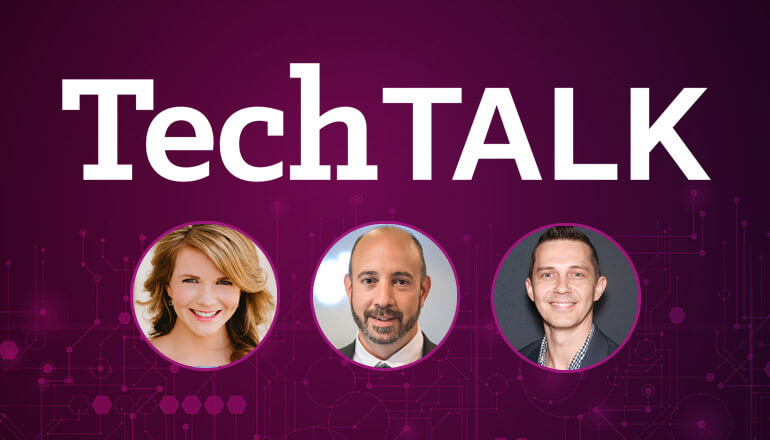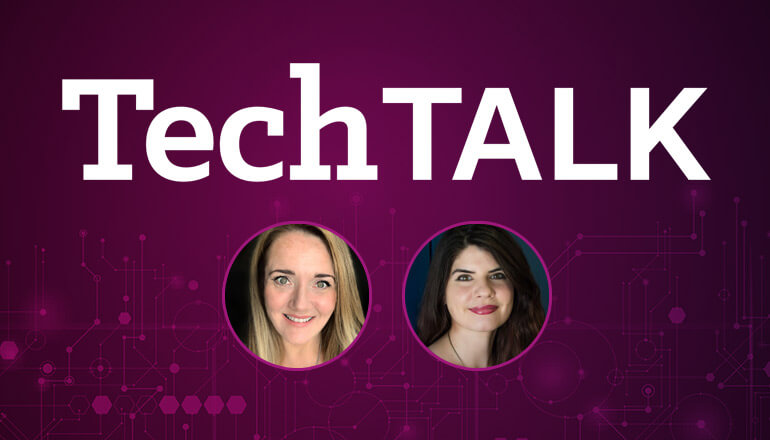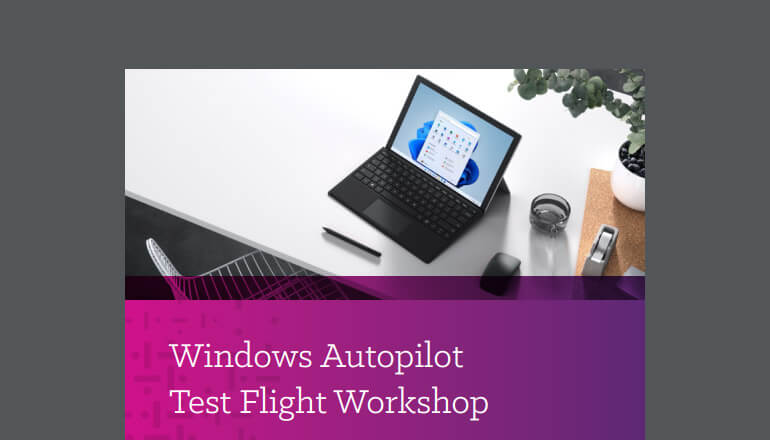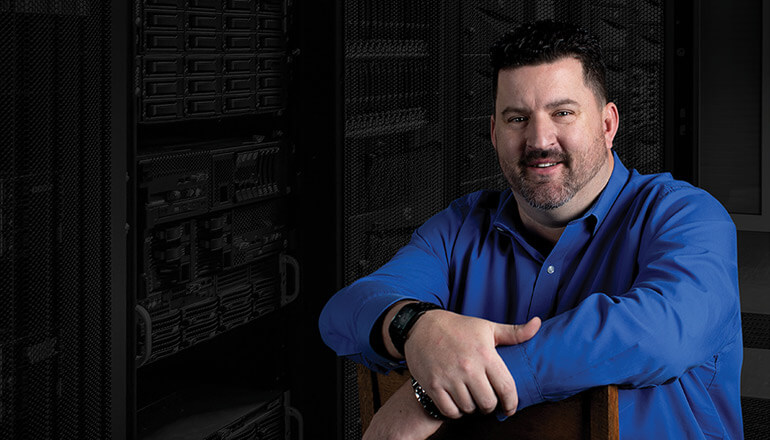Tech Journal IT Support in the Era of Hybrid Work
By Ian Murray / 14 Sep 2021 / Topics: Managed workplace Modern workplace

The pandemic introduced another level of complexity to IT services. Now, organizations are left trying to figure out how to provide the modern workforce with end-user support to match.
The definition of the word “workplace” has become a little fuzzy lately. Where we once pictured a vast landscape of cubicles, we may now think of home offices, collaboration spaces and even outdoor landscapes.
The overnight switch to remote work not only taught us that an office doesn’t have to be confined to four walls, fluorescent lights and water cooler small talk, but also introduced an unprecedented level of complexity to end-user support.
It’s unlikely that these changes will cease to exist in the post-pandemic world, especially as the emerging workforce demands more flexibility. With the Great Resignation in full swing and office re-openings fluctuating, businesses are left trying to figure out how to seamlessly maintain a hybrid workplace, today and for the future.
The overnight switch to remote work not only taught us that an office doesn’t have to be confined to four walls, fluorescent lighting and water cooler small talk, but also introduced an unseen level of complexity to IT services.
Figuring out IT support for the anywhere workplace
The dramatic shift to online channels has increased the demand for IT hardware, software and services. And there’s no sign of this change reverting anytime soon. In fact, according to PwC, 83% of employers say the shift to remote work has been successful for their company, with less than one in five executives saying they want to return to a pre-pandemic office structure.
But to thrive in the post-pandemic workplace, organizations must figure out what their hybrid environment will look like, especially when it comes to IT support. Gone are the days of dropping by to pay your IT team a deskside visit. Nor can IT technicians venture into an end user’s home to solve a problem that requires in-person service. Organizations are now grappling with how to provide the same quality of face-to-face support that was once available in the office.
83% of employers say the shift to remote work has been successful for their company, with less than one in five executives saying they want to return to a pre-pandemic office structure.
Say goodbye to the old IT service model.
Pre-pandemic, the IT industry was already dealing with some pain points, including slow resolution times, an inadequate response to hardware issues and low Customer Satisfaction (CSAT) scores with IT support. While IT teams are fully capable of resolving issues for end users, focusing on these needs causes them to lose sight of other strategic problems they could be solving for their organization.
Despite budgets increasing, the cost of supporting remote users can add to a team’s budget needs. In addition, IT support isn’t always just about technical problems. Sometimes it’s nice to just “drop in” and get face-to-face assurance to relieve the stress of some technical issues.
IT support is indispensable for any organization. Tasks ranging from access requests to device replacement can be challenging in an in-office setting — now imagine how complex they can be in a remote work setting.
Organizations are now grappling with how to provide the same quality of support that was available before the pandemic.
Say hello to your trusted partner.
A trusted partner can provide an IT support model anywhere the end user requires. No matter where your team is located, end users need a single place to go for help where they can receive intuitive support that feels like a natural extension of the team.
How does one IT team meet the needs of a dispersed workforce? They don’t do it alone.
Modern IT support can be enhanced by procuring IT vending machines, smart lockers and kiosks. These solutions can result in lower labor costs and reduced downtime — and can be fully integrated into your ITSM and ITAM systems. Whether you decide to establish these services as standalone vending appliances throughout the office or walk-up virtual support kiosks, your hybrid and on-site workforce can be fully supported with 24/7/365 access to equipment and virtual services.
A trusted partner for your IT services can eliminate a portion of your business's IT support costs and provide the modern solutions your end-users need.
A hybrid IT support experience doesn’t have to put a dent in the budget either. Solutions like these can sound costly but are easily affordable through financing models that allow both leasing and purchasing options. A trusted partner for your IT services can eliminate a portion of your business's IT support costs and provide the modern solutions your end users need.
The dispersed workforce is here to stay. As a result, the demand for modern workplace services will only continue to grow. Services that maintain the device lifecycle when devices live outside the office can improve the experience for hybrid users by delivering personalized services that empower them to choose when, where and how they’d like to receive support.























